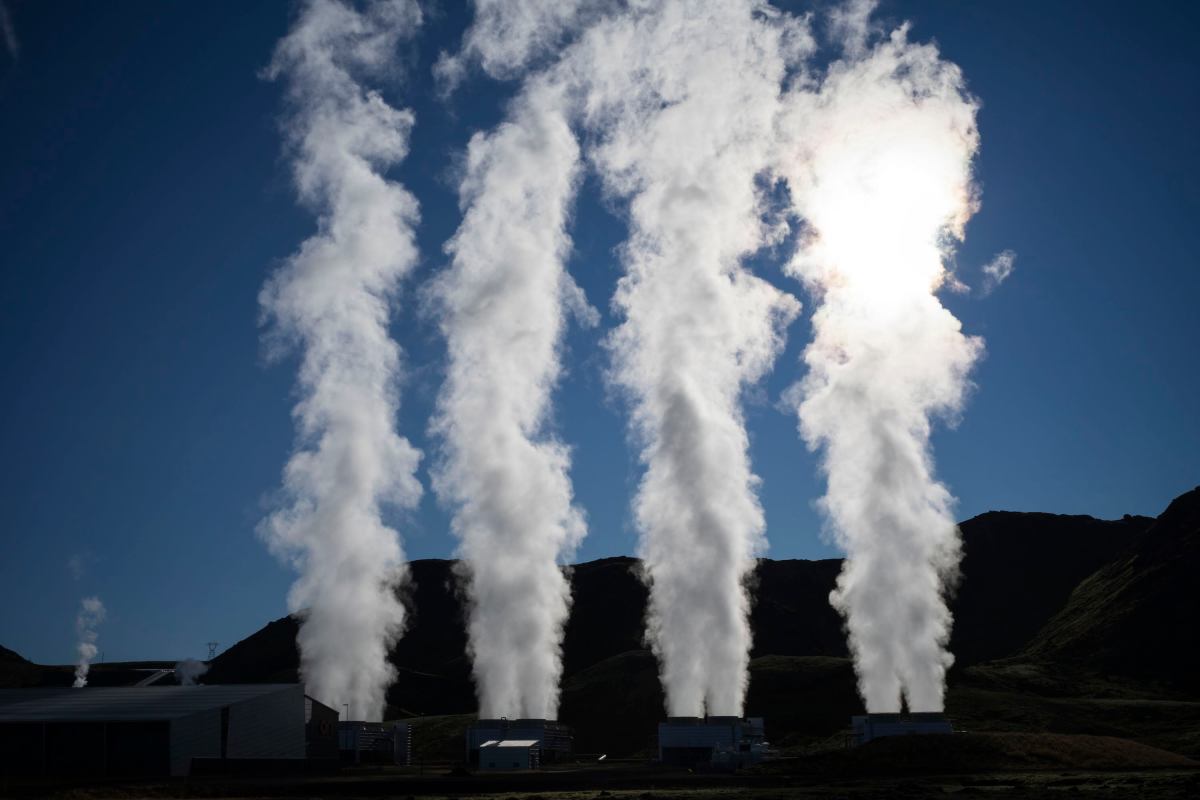Unlocking the Future: How Geothermal Energy Can Power Nearly All New Data Centers by 2030
The growing demand for data centers is causing a looming power crunch, particularly as AI and cloud service providers accelerate their construction efforts. However, a recent report indicates that advanced geothermal power could be the key to addressing this challenge. According to an analysis by the Rhodium Group, advanced geothermal energy has the potential to supply nearly two-thirds of the anticipated new data center energy demand by 2030.
Unlocking Geothermal Power Potential
The report highlights that implementing advanced geothermal techniques could quadruple the existing geothermal power capacity in the United States—from 4 gigawatts to approximately 16 gigawatts—while maintaining or reducing current costs for data center operators.
Geothermal Resources in the Western U.S.
In the western regions of the U.S., where geothermal resources are abundant, advanced geothermal technology could fulfill 100% of the new data center energy demand. For instance, in Phoenix, it is projected that the city could add 3.8 gigawatts of data center capacity without the need for any new conventional power plants.
The Advantages of Advanced Geothermal Techniques
Geothermal energy offers a reliable and consistent power source. Traditionally, geothermal power plants have only been feasible in locations where the Earth’s heat is accessible near the surface. However, advanced geothermal methods are capable of unlocking up to 90 gigawatts of clean energy across the U.S., according to the U.S. Department of Energy.
- Enhanced Geothermal Systems: These systems drill deeper and wider to access hotter rocks, resulting in increased power generation.
- Innovation from Oil and Gas: Many startups leverage technology and knowledge from the oil and gas sector to enhance geothermal’s potential.
Leading Startups Transforming Geothermal Energy
Several innovative startups are paving the way for the future of geothermal energy:
- Fervo Energy: Founded by former oil and gas engineers, Fervo Energy utilizes horizontal drilling techniques to maximize geothermal energy extraction. The company raised over $200 million in 2024, benefiting from substantial cost reductions in well drilling.
- Bedrock Energy: This startup focuses on deep drilling to minimize the geothermal footprint, allowing data centers to generate more power from limited space. Their specialized rigs can drill over 1,200 feet to access consistent heat year-round.
- Quaise Energy: Employing a unique technology that vaporizes rock using microwaves, Quaise aims to drill up to 12.4 miles deep. This depth provides access to nearly 1,000°F rocks, offering a vast heat source for energy generation.
- Sage Geosystems: This company innovates by injecting water into wells under pressure, allowing for energy storage. When energy is needed, the water can be released to run through turbines, functioning similarly to a hydroelectric dam.
Cost Competitiveness of Geothermal Power
According to the Rhodium report, geothermal energy boasts very low operating costs, making it competitively priced with current energy expenses for data centers. The cost is estimated at just over $75 per megawatt hour when considering typical siting practices. However, if developers account for geothermal potential during the siting process, this cost can drop to around $50 per megawatt hour.
The report also suggests that new generating capacity could be “behind the meter,” meaning these power plants connect directly to customers, bypassing the often lengthy and complicated grid connection process. This arrangement is becoming increasingly attractive for data center operators who are eager to expand their energy capacity quickly.
For more insights on sustainable energy solutions, visit our Sustainable Energy page or check out Renewable Energy World for the latest trends in renewable resources.







